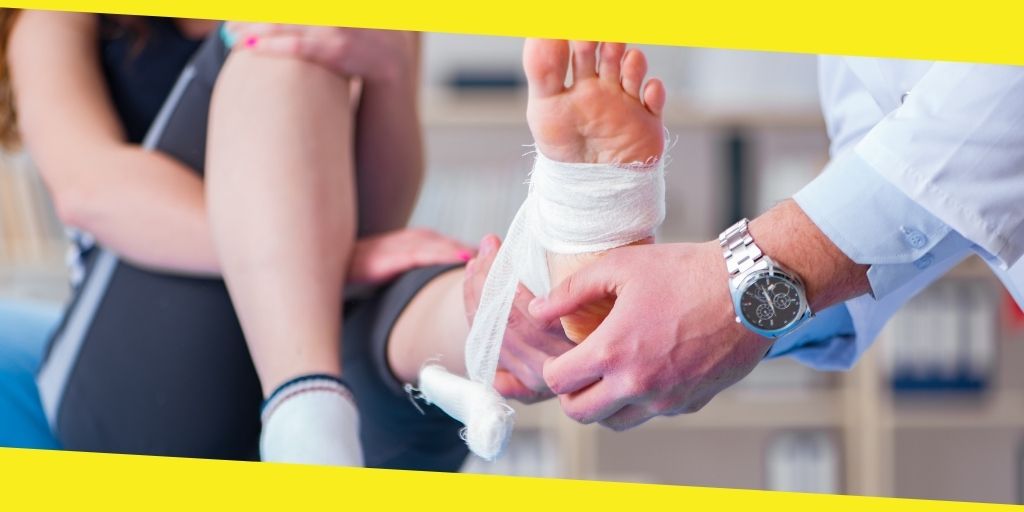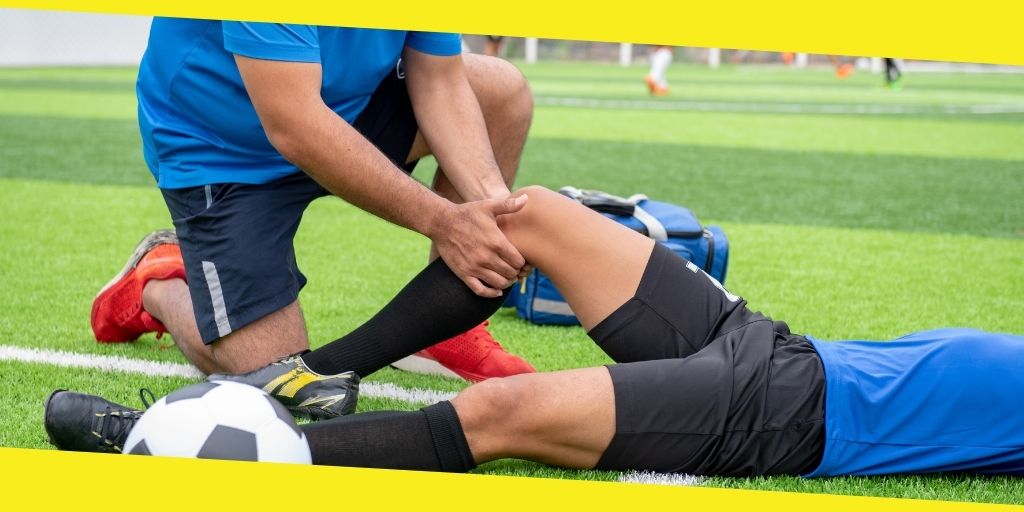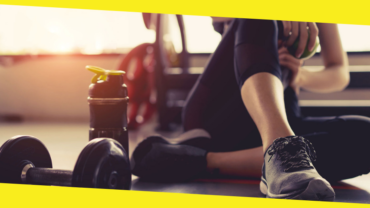4 Tips For A Faster Sports Injury Recovery
This post was last updated on October 10th, 2022

Injuries are part and parcel when playing sports—especially physical ones, and professional or aspiring athletes have experienced sports-related injuries throughout their careers. Strains, sprains, knee injuries, shin splints, and back injuries are all among the common injuries that most if not all athletes will experience.
However, just because you’re injured doesn’t mean that you’ll totally abandon your dream of becoming the best athlete in your chosen sport. Fortunately, due to the advancements and innovations of medical sciences, particularly physical therapy, there are now numerous ways in which to hasten your recovery.
These tips will allow you to quickly resume your training routine after experiencing a sports-related injury:
Contents
Toggle1. Treat the injury immediately
Regardless of the injury, the first step in every recovery process is to seek immediate treatment. Sadly, many athletes make the mistake of ‘walking it off’, since they may fear that they’ll be put on the sidelines, hindering or delaying their progress. However, trying to tough out any form of injury may only prolong your recovery.
Fortunately, there are obvious indicators to suggest that you need either professional treatment or to give your chosen sport a break for a while. If ever you experience any bruising, swelling, or pain on a certain area of your body, especially after a heavy contact, make the right appointment so that you’ll receive the correct diagnosis, allowing you to tackle the injury head-on.
2. Consult a physiotherapist
A physiotherapist is a professional who offers help to people who are prohibited by any injuries or illnesses from being able to move or carry out daily tasks. Regardless of your age, occupation, or the cause of your inability to optimally perform, a physiotherapy treatment may help you to easily recover by using a variety of methods, including the following:
- Performing a range of motion exercises
- Employing muscle stimulation devices
- Manipulating the joints
- Teaching you some routine stretches
- Massaging the affected limb(s)
Thus, if ever you find yourself in an injury due to a car accident, post-surgery, and particularly sport, that makes any form of movement difficult, it’s best to go to a physiotherapist. Due to the wide range of services that a sports physio Melbourne or in your local area is offering, they’re able to provide any athlete with ways in which to recover faster, depending on the injury incurred.

3. Apply the RICE therapy
Since sports-related injuries are usually related to your muscles and joints, the RICE (Rest, Ice, Compression, and Elevation) method is the most advised solution; this is because the RICE therapy controls the initial inflammation experienced after heavy physical contact.
- Rest—After realizing that you’ve experienced an injury, it’s important that you stop moving or applying pressure to the affected muscles or joints for the first two days. Doing so will not only prevent any possible bruises, but it may also hasten your recovery process.
- Ice – When resting for the first 24-48 hours, wrap a cube of ice with a light, absorbent towel, and place it gently on the affected area for 15-20 minutes every two to three hours. Doing this may help to reduce any pain and/or swelling. Also, if a piece of ice or an ice pack is unavailable, a bag of peas or corn is a great alternative.
- Compression – To prevent swelling, wrap your injury with an elastic medical bandage. Take note that the wrapping shouldn’t be too tight, since that could restrict your blood flow. If your skin turns blue, tingly, or numb, loosen the medical bandage.
- Elevation – As much as possible, elevate the injured area above heart level. Doing so will reduce pain, swelling, and throbbing. For your comfort, try using a pillow to assist you in raising the affected area.
4. Ease your way back
After the pain and swelling subside, most athletes will be itching and determined to play the sport that they love. Do note, however, that just because your swelling is gone and you no longer experience the pain that you felt when you were injured, it doesn’t mean that the injury is gone, nor does it mean that your muscles are already working optimally. There may still be some microscopic damage, so it’s best to slowly ease your way back into action. Instead of directly sprinting around the field, try to jog first.
Also, a premature return may prolong your recovery, since there’s a chance that the injury could reoccur. That’s why it’s best to coordinate with your physiotherapist or sports doctor before making a comeback.
Final message
Injuries will put a wrench in every athlete’s career. However, with a professional diagnosis and these helpful tips, like visiting a physiotherapist as soon as possible and applying the RICE therapy, you’ll be able to quickly recover from most sports-related injuries. Still, prevention is always better than a cure, so it’s best to avoid overdoing your training, by taking a rest from time to time.
Recommended For You
Tips and Advice for Getting Shape
Most Inside
Most Inside offers high-quality recommendations and valuable updates to enhance all aspects of your life, providing premium guidance and enriching experiences.




